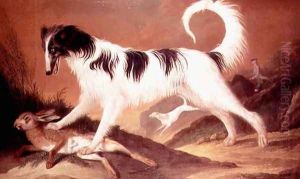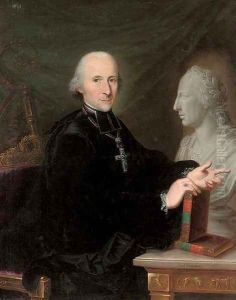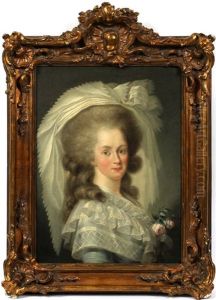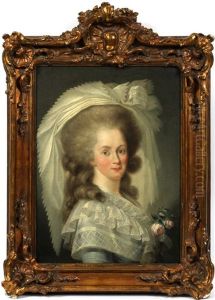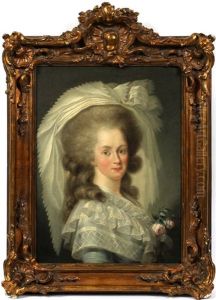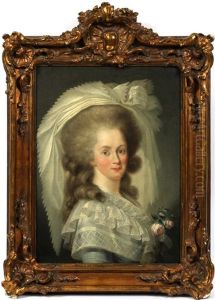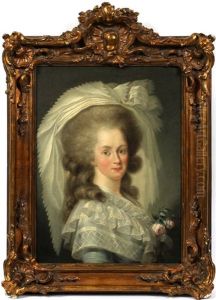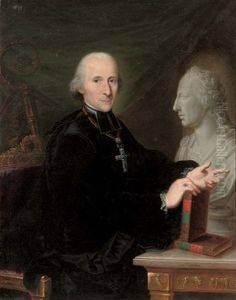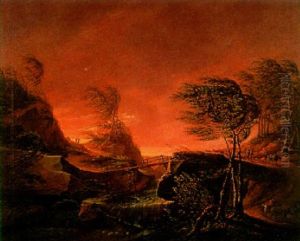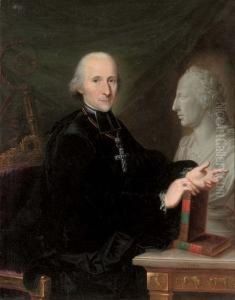Karl Kaspar Pitz Paintings
Karl Kaspar Pitz was an 18th-century German painter and etcher known for his portraits and religious paintings. Born in 1701 in the Rhineland, Pitz spent the majority of his life in the region, developing his craft and becoming a respected artist of his time.
Pitz's artistic journey began as an apprentice under a local master, a common practice for young artists of the period. He later traveled, which was also typical for artists seeking to expand their skills and knowledge. Throughout his career, Pitz was influenced by the Baroque style, which dominated European art from the early 17th century until the latter part of the 18th century. His works are characterized by dramatic expressions, a rich color palette, and a strong play of light and shadow, all hallmarks of the Baroque movement.
Despite the popularity of his religious compositions, Pitz is particularly remembered for his portrait work. He had the ability to capture not only the physical likeness of his subjects but also their character and social status, which made his portraits sought after by the bourgeoisie and the clergy alike. Pitz's portraits provide a window into the fashion, lifestyle, and personalities of the time.
Throughout his long career, Pitz also contributed to the decoration of churches and public buildings, which was a significant source of employment for artists of his era. His religious paintings often featured scenes from the Bible and the lives of the saints, executed with a sense of piety and devotion that resonated with his contemporaries.
Karl Kaspar Pitz lived through a period of significant historical change, including the Enlightenment and the early stages of the Industrial Revolution. He died in 1791, leaving behind a body of work that reflects the transition from the grandeur of Baroque to the more introspective and delicate sensibilities of the Rococo and the early Neoclassical movements. His art remains a testament to the rich cultural and artistic heritage of Germany during the 18th century.
